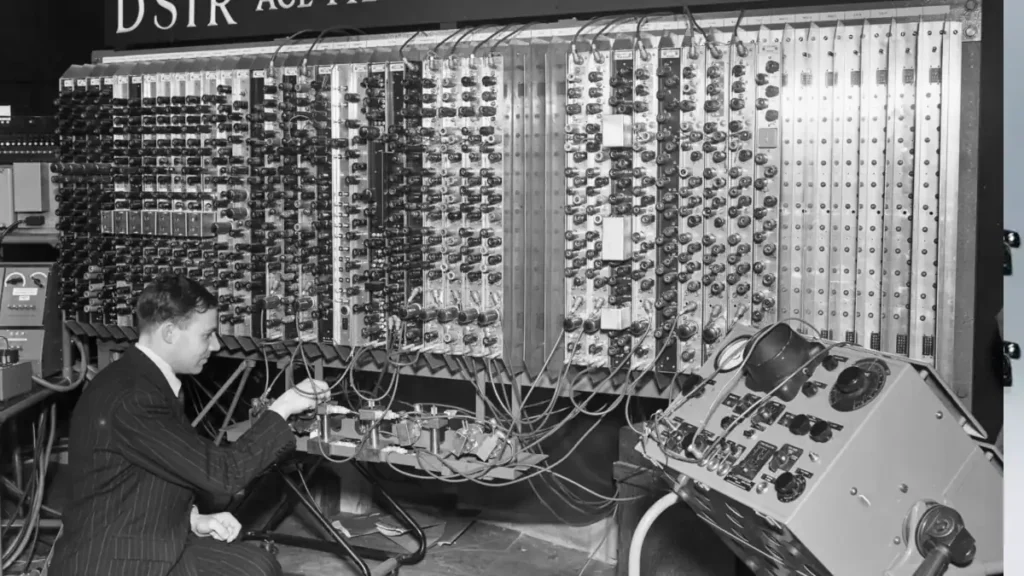In this short article, we will clearly outline the differences between the Turing Test and the Turing Machine.

Differences between the Turing Test and Turing Machine
The “Turing Test” and the “Turing Machine” are both concepts associated with Alan Turing, a pioneering figure in the realm of computer science and artificial intelligence. However, they address distinct aspects of computation and cognition. Let’s elucidate the differences between the two:
Fundamental Purpose
- Turing Machine: This is a mathematical and theoretical construct designed to understand and define the very nature of computation. It provides a framework to determine what problems are computable and to what extent. In essence, it’s about the mechanics of computation.
- Turing Test: This is a behavioral criterion for determining whether a machine exhibits human-like intelligence. Instead of evaluating a machine based on its internal operations or processes, it’s judged by its external behaviors and outputs, particularly its ability to mimic human conversation.
Nature of the Concept
- Turing Machine: It’s a conceptual model used primarily in theoretical computer science. The Turing Machine consists of an infinite tape, a moving head, and a set of rules to perform read, write, and move operations. It’s instrumental in proofs and theoretical discussions about the capabilities and limitations of algorithms and computations.
- Turing Test: This is a practical (though also somewhat philosophical) test of a machine’s ability to display intelligent behavior. The classic setup involves a human evaluator tasked with distinguishing between a human and a machine based solely on their responses to questions.
Historical Context and Implication:
- Turing Machine: Proposed in the 1930s, it laid the groundwork for the development of modern computer science. The Universal Turing Machine concept, in particular, prefigured the architecture of general-purpose computers.
- Turing Test: Introduced in Turing’s 1950 paper “Computing Machinery and Intelligence,” this test spurred debates and discussions in the field of artificial intelligence regarding the nature of intelligence, consciousness, and the possibility of machine cognition.
Applications:
- Turing Machine: It serves as a theoretical tool for computer scientists to explore and understand algorithms, decidability, and computational complexity. It’s not used in practical, real-world computing but rather as a theoretical benchmark.
- Turing Test: This test has inspired numerous AI competitions, such as the Loebner Prize, where chatbots and AI systems are assessed based on their ability to mimic human-like conversation.
Summary
In summary, while both the Turing Machine and the Turing Test are seminal concepts introduced by Alan Turing, they operate in different dimensions of the computational realm. The Turing Machine grapples with the essence of computation, while the Turing Test delves into the realm of cognition and the imitation of human-like intelligence.
I trust you’ve gained clarity on the distinctions between the Turing Test and the Turing Machine. Feel free to dive deeper into our comprehensive articles on both these intriguing topics!
Further Reading
Book Recommendation:
For an in-depth understanding of both concepts, as well as Turing’s profound influence on computation and artificial intelligence, consider reading “The Annotated Turing: A Guided Tour Through Alan Turing’s Historic Paper on Computability and the Turing Machine” by Charles Petzold. This book not only breaks down Turing’s groundbreaking paper but also delves into the broader context, touching upon the Turing Test and its significance.